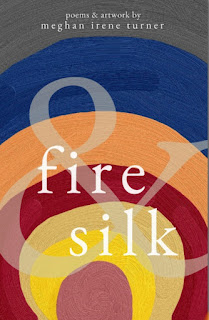The Illuminator makes healthy connections with others, bringing some measure of mending to a fractured society where partisan voices talk past each other and loneliness has become epidemic. Becoming an Illuminator, Brooks maintains, is not only a skill that can be learned but it is expressed in something as simple as having a conversation—and making eye contact.
“How To Know A Person: The Art Of Seeing Others Deeply And Being Deeply Seen” ($30 in hardcover from Random House; also for Amazon Kindle and as an author-read audiobook) is a real-world guide to developing the character of an Illuminator.
Which, writes Brooks, “is not something you can do alone. Morality is a social practice. It is trying to be generous and considerate toward a specific other person, who is enmeshed in a specific context. A person of character … is trying to just be present and faithful to the person suffering from depression….”
The first part starts with “I See You.” The goal is to see the other as they are, not through a stereotype. “The Koreans call it nunchi, the ability to be sensitive to other people’s moods and thoughts.”
“I See You In Your Struggles” deals with hard conversations, what empathy really means and how a person is shaped by their suffering. Finally, in “I See You With Your Strengths,” Brooks moves into the importance of hearing another’s life story.
He is a compassionate and vulnerable guide.
Chico psychologist Len Matheson will be facilitating three one-hour Zoom discussions about the book, Wednesdays from 7:00-8:00 p.m. on May 1, 8, and 15. There’s no need to have read the book in advance. Registration is free and the community is invited; go to https://tinyurl.com/5f7byt89 for details.



